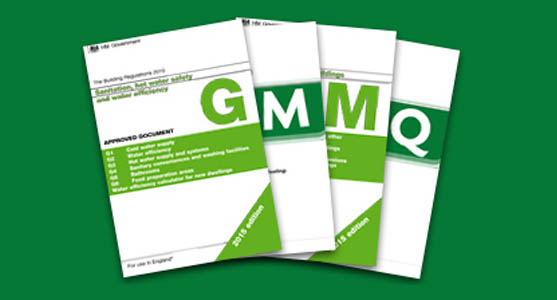News

19/05/2015
The final housing standards review outcome was published on 27 March 2015 which included a new approach to the setting of technical housing standards in England and a new set of streamlined national technical standards with measures that will save house builders and councils £114 million per year by cutting red tape and ensuring homes are built to demanding standards. The new approach introduces dual level or optional building regulations requirements for access (Part M) and water efficiency (Part G) which provide a higher standard than the minimum national building regulations. Many of the technical standards are taken from the now somewhat redundant Lifetime Homes. The Government has also clarified the future of the Code for Sustainable Homes; the written ministerial statement withdraws the Code (in England) so Local Authorities should no longer require it as a planning condition for new approvals!
A nationally described space standard has also been introduced which will be implemented through the planning system. The optional regulations and space standard can only be applied where there is a local plan policy based on evidenced local need and where the viability of development is not compromised. In addition, a new security standard has now been included in the building regulations (Part Q), which applies the Security standards from Secure by Design now applicable to all new homes.
The review also clarified statutory building regulation guidance on waste storage to ensure it is properly considered in new housing development (Part H). The Government also confirmed its commitment to implementing the Zero Carbon policy in October 2016, which in addition to the fabric energy efficiency standards equivalent to code 4 and on site low carbon heat and power requires all new homes from 2016 to mitigate all the carbon emissions produced on-site as a result of the regulated energy use by way of ‘Offsite Allowable Solutions’.

